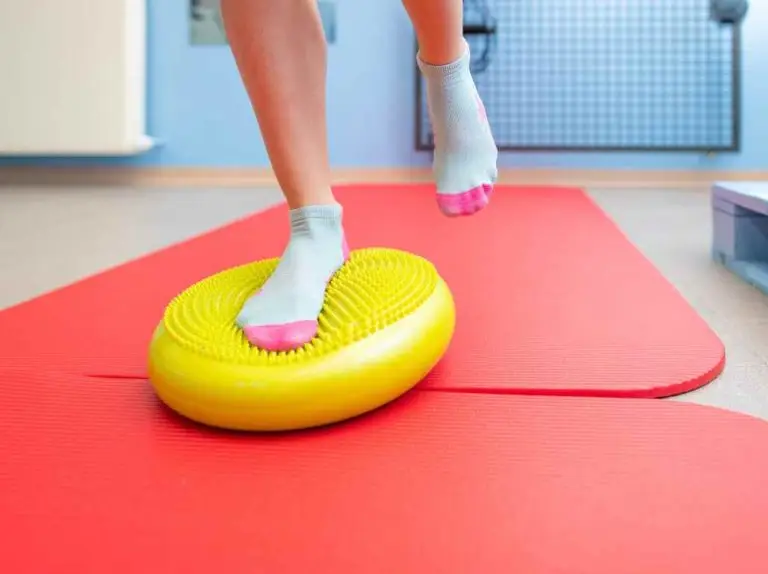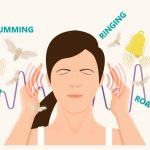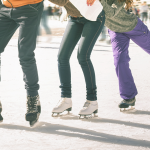How Rehabilitation Exercises Build Resilience After An Accident
What kind of rehabilitation exercises are best after an accident. Here are our top tips. Recovering from an accident can be a long and difficult process, both physically and mentally. While the focus is often on medical treatments and therapies, exercise plays a crucial role in building resilience and speeding up recovery.
Whether you’ve suffered a car accident, a slip and fall, or a work-related injury, knowing when and how to start exercising can make a huge difference in regaining your strength and mobility. Hiring a Long Beach personal injury lawyer can help you be compensated in order to pay for physical rehabilitation.
When Should You Start Rehabilitation Exercises
Before you start any form of rehabilitation exercises after an accident, it’s essential to consult with your doctor or physical therapist. Each person’s injury is unique, and what works for one individual may not be suitable for another. A professional will evaluate your condition, determine the extent of your injury, and help you understand when you can safely begin exercises.
Starting rehabilitation exercises too soon or engaging in the wrong type of physical activity can aggravate injuries and prolong the recovery process. Your healthcare provider will often suggest a structured plan that includes light stretches, gradual strengthening exercises, and mobility work.
Stretching and Mobility Rehabilitation Exercises
Stretching and mobility exercises are usually the first step in your recovery journey after an accident. They help improve your range of motion, reduce stiffness, and restore flexibility to injured muscles and joints. These exercises also help prevent scar tissue from forming, which can inhibit movement.
For example, after a car accident, you may experience whiplash, a neck injury that causes pain and stiffness. Gentle neck stretches can help loosen the muscles and tendons, improving circulation and promoting healing.
Some common stretches for accident recovery include:
- Neck rolls – Slowly roll your head from one side to the other to loosen stiff neck muscles.
- Hamstring stretches – For lower-body injuries, stretching the hamstrings helps reduce tightness in the back and legs.
- Shoulder circles – Rotating your shoulders helps relieve tension in the upper back and neck.
Make sure to hold each stretch for about 20–30 seconds and breathe deeply, allowing your body to relax into the movement.
Balancing Rehabilitation Exercises
Accidents can disrupt your sense of balance, especially if your injury affects your lower limbs, spine, or inner ear. Incorporating balance exercises into your recovery program can help re-establish coordination and stability, preventing further injuries due to falls or missteps.
Balancing exercises train your body to stabilize itself, often activating core muscles that are critical for support and posture. Some balance exercises you might want to try include:
- Standing on one leg – Start by holding onto a support like a chair or wall. Lift one leg and hold your balance for 20 seconds, gradually increasing the duration as your balance improves.
- Heel-to-toe walk – Walk in a straight line by placing one foot directly in front of the other, making sure the heel of one foot touches the toes of the other. This exercise enhances stability and coordination.
- Balance board exercises – If you’re looking for more of a challenge, balance boards provide instability that forces your body to engage stabilizing muscles.
Balancing exercises not only aid physical recovery but also build mental resilience by improving focus and coordination.
Dynamic and Explosive Rehabilitation Exercises
As you progress in your recovery and start regaining your strength, you can gradually introduce dynamic and explosive exercises to your routine. These rehabilitation exercises involve fast movements and are designed to improve power, speed, and agility. However, they should only be attempted once your body has healed sufficiently, and under the guidance of a healthcare professional.
Dynamic and explosive exercises include:
- Jumping jacks – A simple but effective exercise that improves cardiovascular health, coordination, and explosiveness.
- Lunges – Forward or side lunges engage your legs and core while improving flexibility and strength.
- Box jumps – Jumping onto a raised surface like a box helps increase leg strength and builds fast-twitch muscle fibers, crucial for athletic performance.
These exercises can help you regain strength and resilience, but they should be done cautiously, especially after an accident. Start with low-impact movements, and as your strength improves, gradually increase the intensity.
How To Stay Motivated and Safe During Recovery
Building resilience with exercise after an accident requires patience, commitment, and a focus on both your short-term and long-term recovery goals. It’s important to listen to your body and avoid pushing yourself too hard. Overexerting yourself can lead to setbacks or new injuries.
Here are some tips to help you stay on track:
- Set realistic goals – Break your recovery into small, manageable goals. Celebrate each milestone, whether it’s improving your range of motion or completing a new exercise.
- Track your progress – Keeping a journal of your exercises, pain levels, and mobility improvements can provide a sense of accomplishment and show how far you’ve come.
- Work with a physical therapist – Your physical therapist will guide you through the recovery process, ensuring that you are performing exercises safely and effectively.
Stay positive – Building resilience is as much about mental strength as it is physical. Keeping a positive outlook will help you remain focused on your recovery.
More Articles To Read
5 Types Of Car Accident Trauma
What To Do If You Are Misdiagnosed
5 Types Of Car Accident Trauma
Tips To Avoid Rideshare Accidents





















